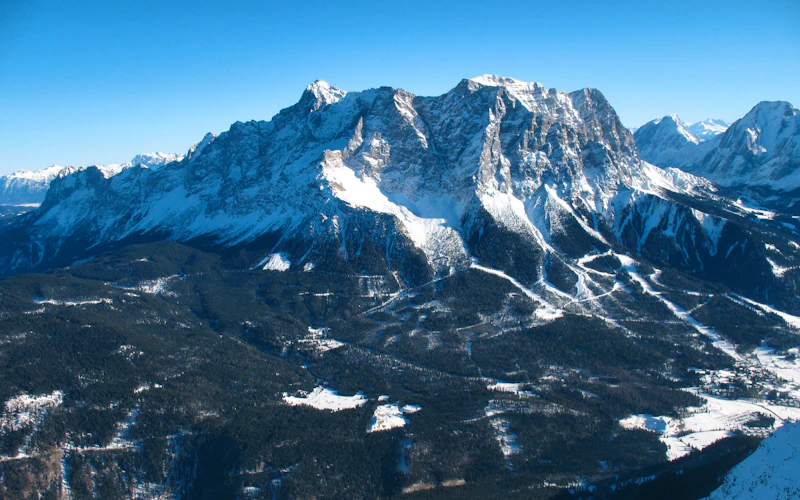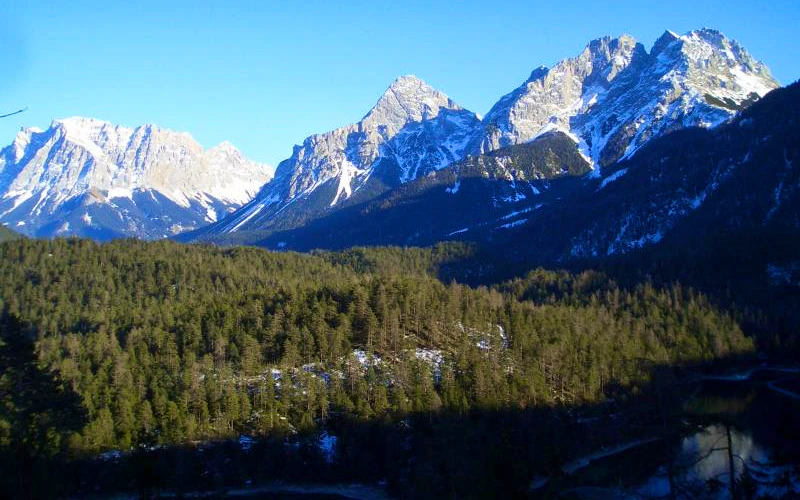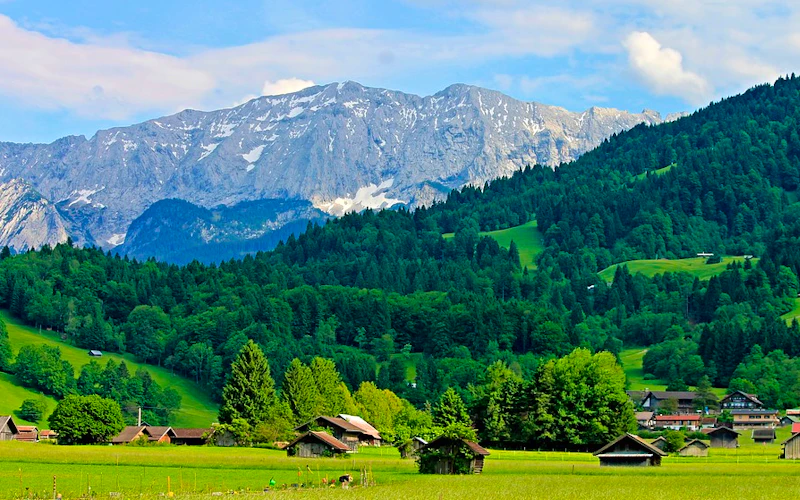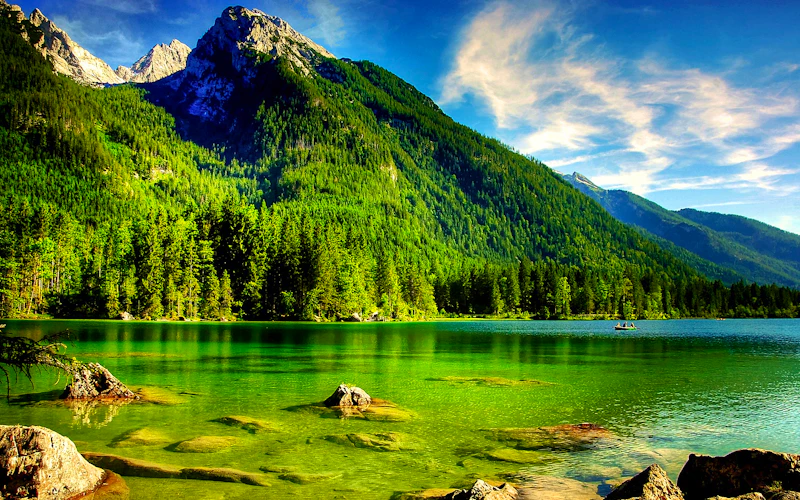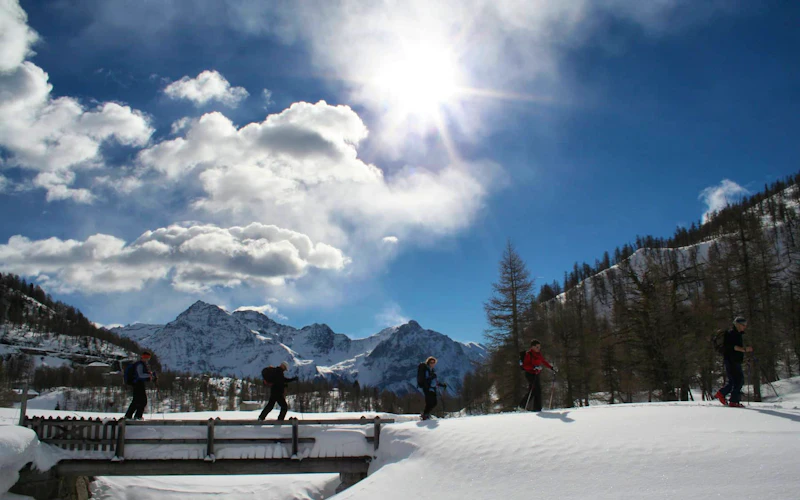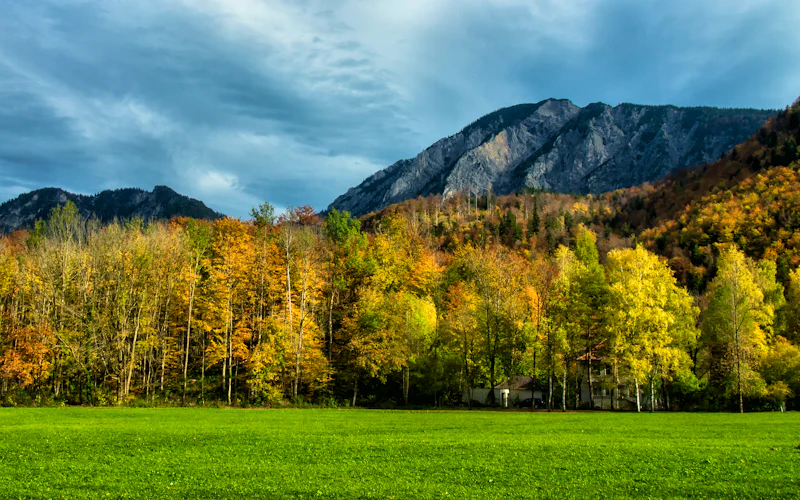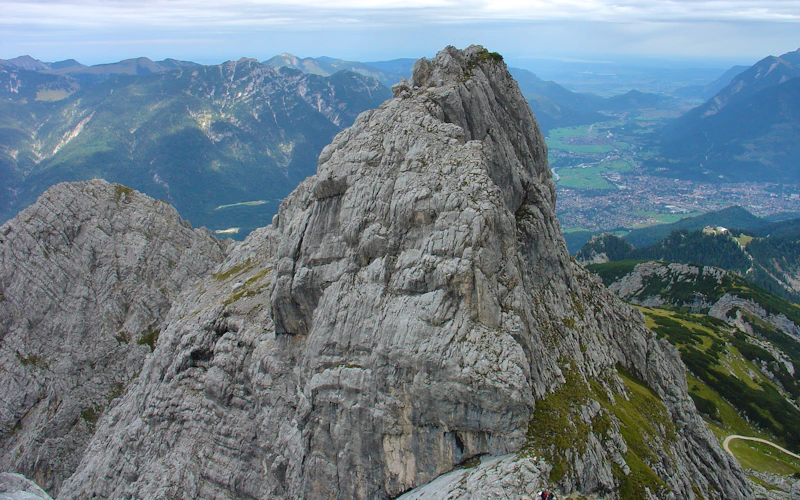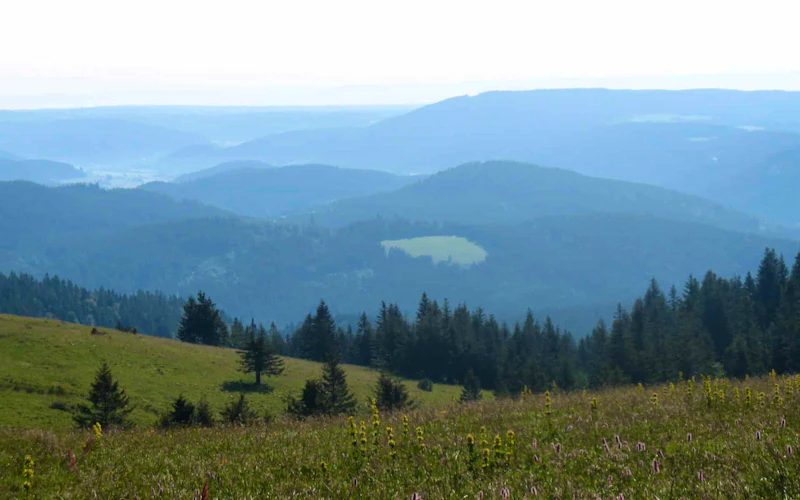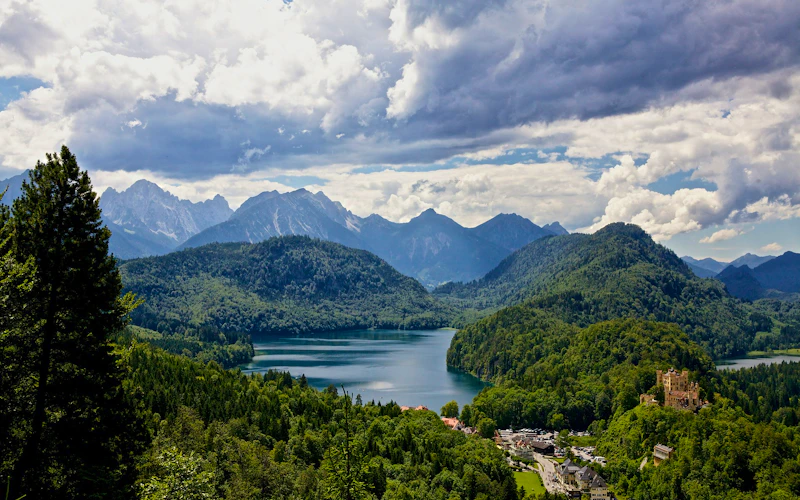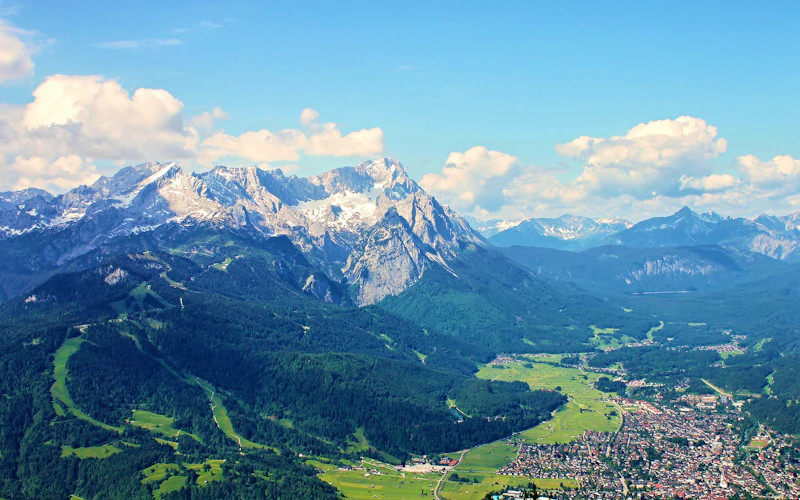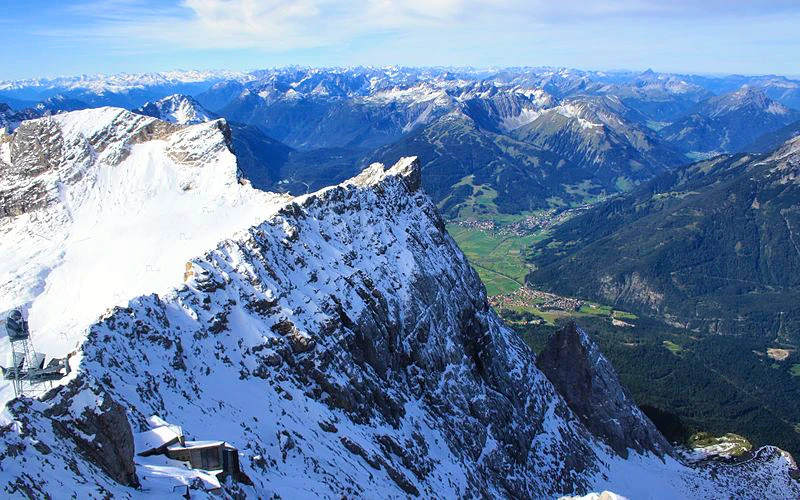Discover Germany: Top Outdoor Adventures Awaiting You
Take in the diverse and expansive beauty of Germany!
Top trips | Germany
FAQs: Germany
What should I know about Germany?
Germany is set in the north of central Europe, bordering Denmark, Poland, the Netherlands, and Belgium in the north and France, Switzerland, Austria, Luxembourg, and Czechia in the south. It has many different regional landscapes, each with particular features of intrigue. Its capital, Berlin, is a cultural hub with many museums and notably historical sites. Munich in the southern part of the country is home to Oktoberfest and serves as a gateway to the elevated terrain of Bavaria.
Why should I choose Germany for my adventure?
The Black Forest!
This immense forested mountain range has some of the most enchanting features of Europe. It is located in the southwest of the country, bordered by the Rhine Valley and sprawling with rivers and lakes. Whether on a hike through its winding and captivating trails or rock climbing to the top of gneiss and sandstone towers, there is an adventure for everyone.
Snowshoeing in Oberstdorf!
That’s right, you can explore the Bavarian countryside in the snow! This valley-rich destination is a blast to explore in the winter via snowshoes. Combined with nature discovery tours and other activities can enhance your trip and give you an ultimate German adventure. Or you can take advantage of the spas and culture of southern Germany. The options are endless.
Climb Mountains Within Reason!
Mountain adventure has helped define Germany over the centuries. Its borders have been, in part, shaped by geographic and geologic boundaries, many of which have played a significant role throughout the years. The moderate size of its objectives, from Watzmann and Hochwanner to the more manageable Kreuzspitze, you can become a mountaineer on intermediate peaks before taking your talents to Mont Blanc.
What can I expect from the weather in Germany?
Germany is a large country, so the weather can vary greatly. The high altitude locations have a colder mountain climate that can drop into negative temperatures. The summers tend to be warm and predominantly moderate, with cool winters. Extreme temperatures are rare, though they have been known to occur.
Which language is predominantly spoken in Germany?
German
What currency is accepted in Germany?
Euro (EUR)
How can I get to Germany?
Flying into Berlin is one of the easiest routes into the country, though it is located in the northeast. Munich is also home to a large international airport for southern adventures. Trains make access to slightly smaller destinations relatively easy, from Hamburg in the north to Stuttgart, Rosenheim, and Garmisch in the south. Roads are available for simple driving, even from cities in Austria like Salzburg and Innsbruck.
What’s the country code of Germany?
+49
What’s the high season in Germany?
Germany is a year-round destination. If you are looking for winter activities, you will want to visit from December to April, and hikes can last from the spring all the way into late fall. Depending on the weather and precipitation, you can usually find what you’re looking for.
What people are saying about Germany trips
Joe
5.00
Rudi was awesome. Very knowledgable and gave me a lot of climbing pointers for via ferrata. Also, super helpful with recommending other great sites in Austria and Germany. I hope to climb with him again when I’m back in central Europe.
Jennifer
5.00
Rudi is an experienced mountaineer with a great deal of knowledge about the area and trails available. He coordinated closely with me to determine my skill level and objective for the hike. It was an absolutely terrific day.
Andy
5.00
Bernd was very organised and an incredible guide. Bad weather meant the climb we wanted to do wasn't possible. He was flexible enough to take us to another location in the alps that was just as impressive and challenging but far better conditions .
Sergei
1.00
Explore-Share took advantage of my inexperience. I had asked for a beginner level trip, instead, they recommended me a rather advanced trip. Neither Explore-Share nor the guide were forthcoming with information until the very last moment. The guide sold my participation to another outfit about a week before the trip. Neither Explore-Share neither the guide are trustworthy and can be relied upon in making arrangements.
Elena
5.00
As I told Rudy and ANABEL from Explore share, Srtefan , the Guide, cancelled the trip due to the really bad weather conditions and since we are form Spain and we have no idea when will we be back , we need a refund to my credit card, Rudy told me that this refund would be done from you for sure Could you plese confirm to me that I will get a Refund of the amnount paid ASAP? since the trip was not done becausew the guide decided that the weather was dangerous,. let me know : my email is elisabetseuba@gmail.com thanks!
Join our newsletter!
Stay up-to-date on the best adventures.



